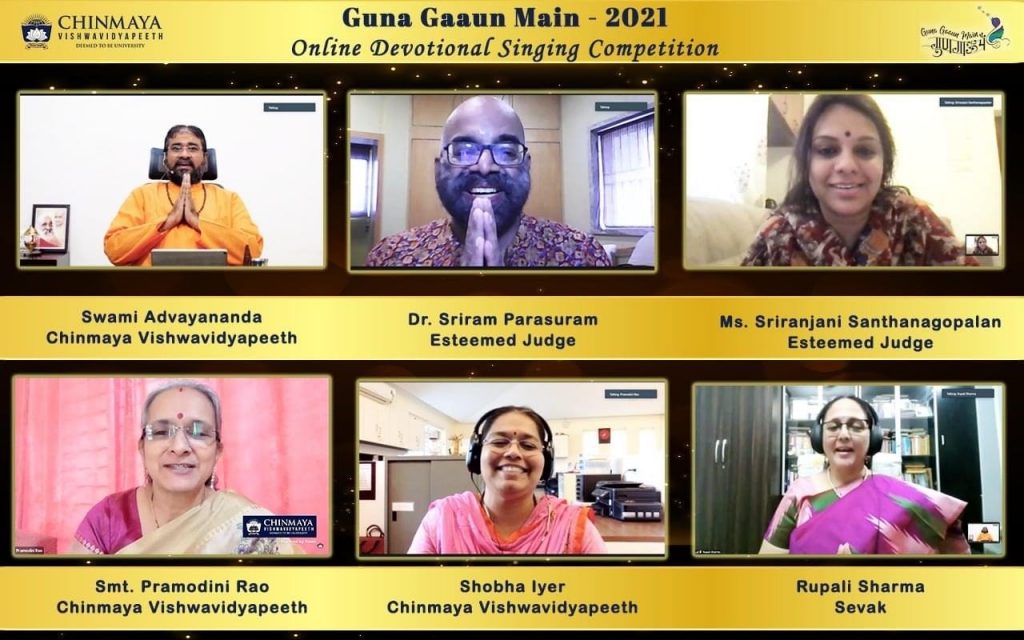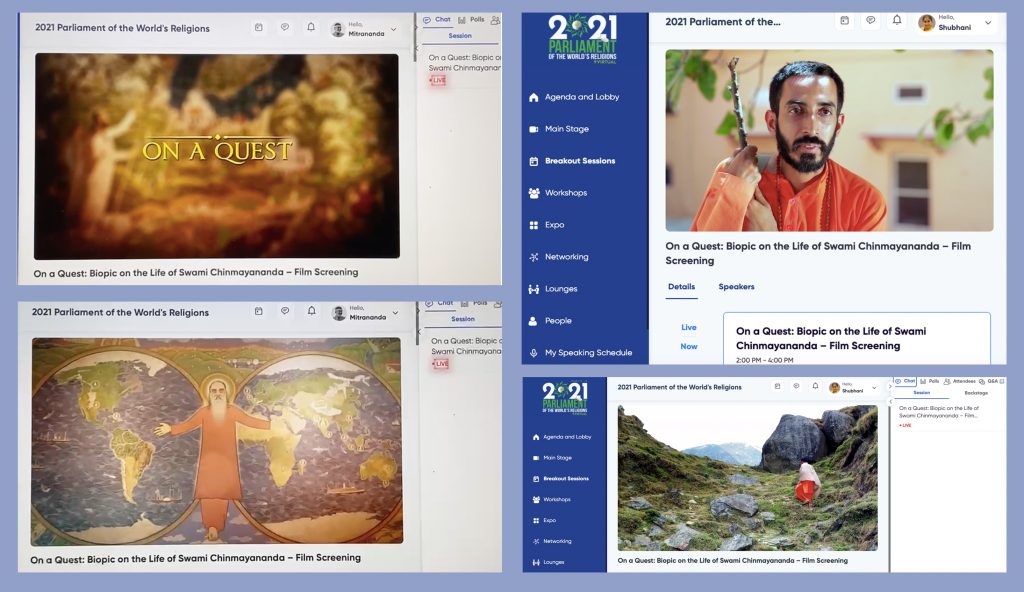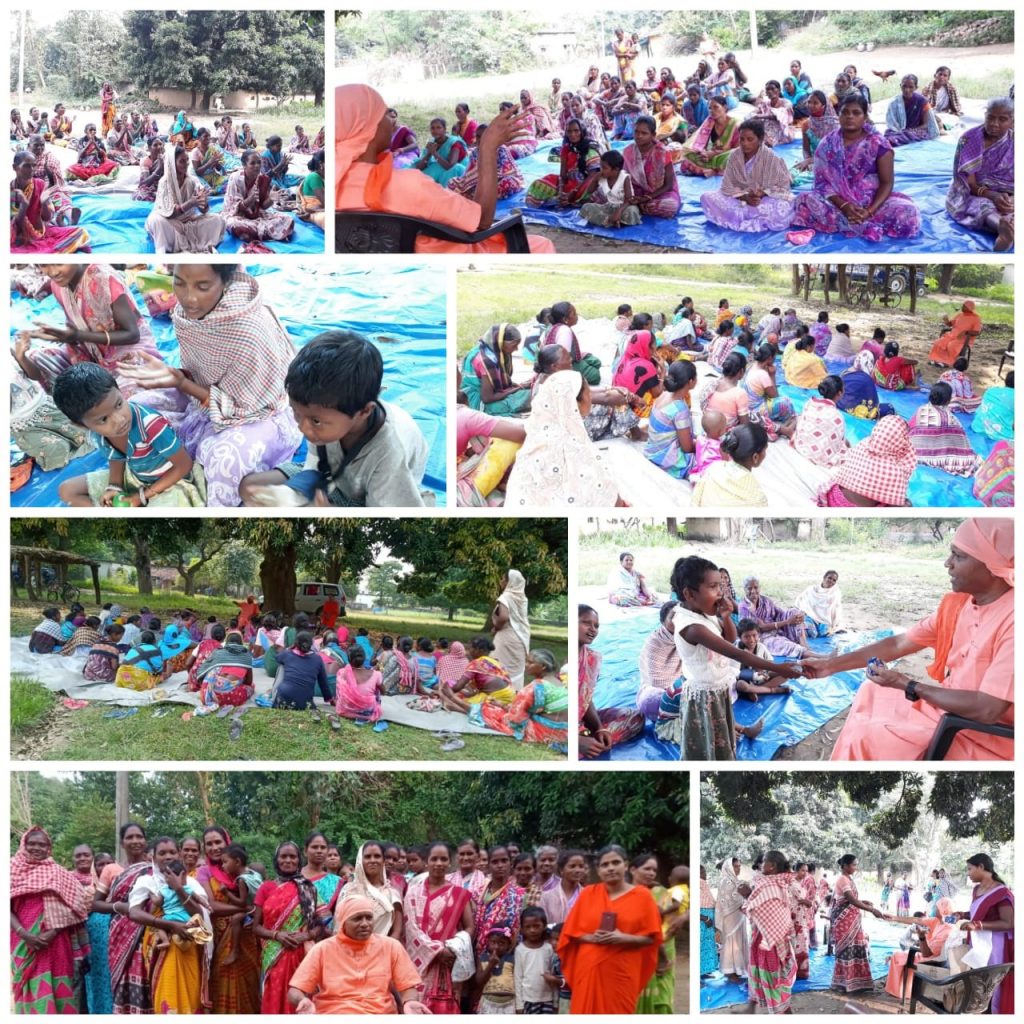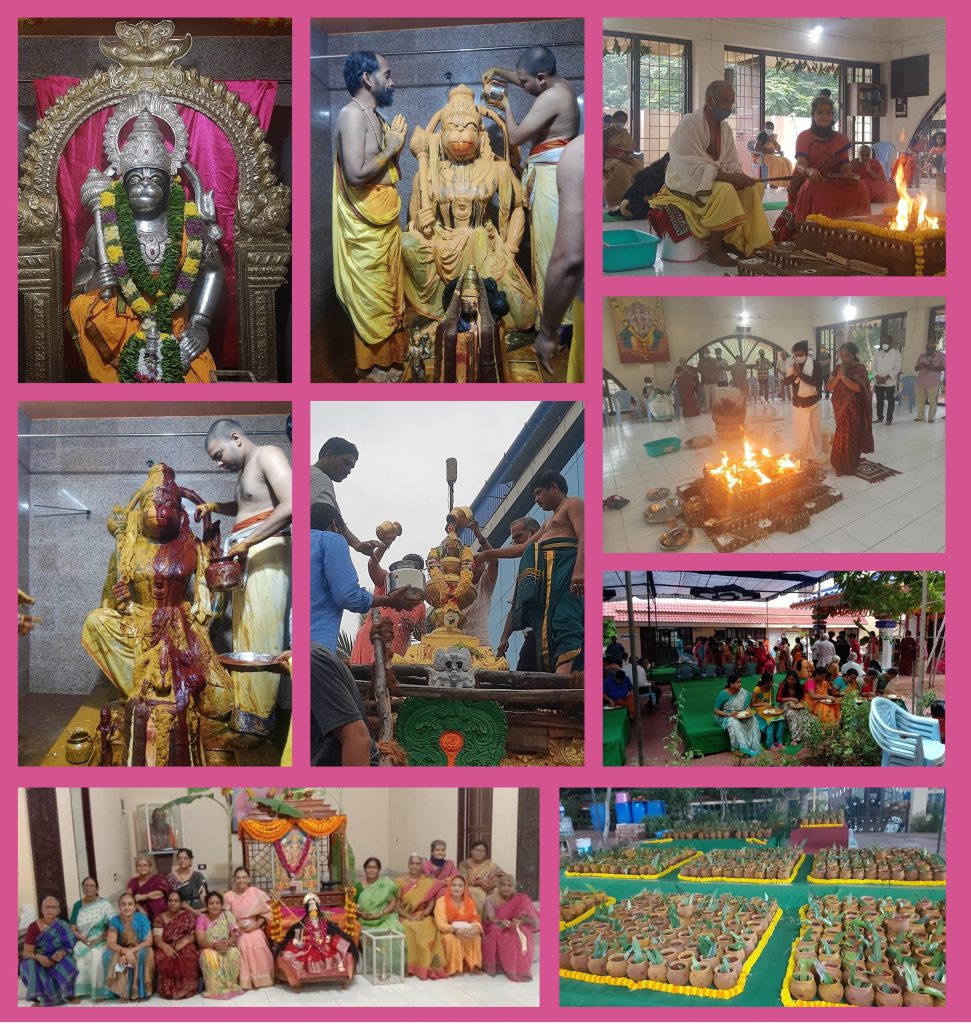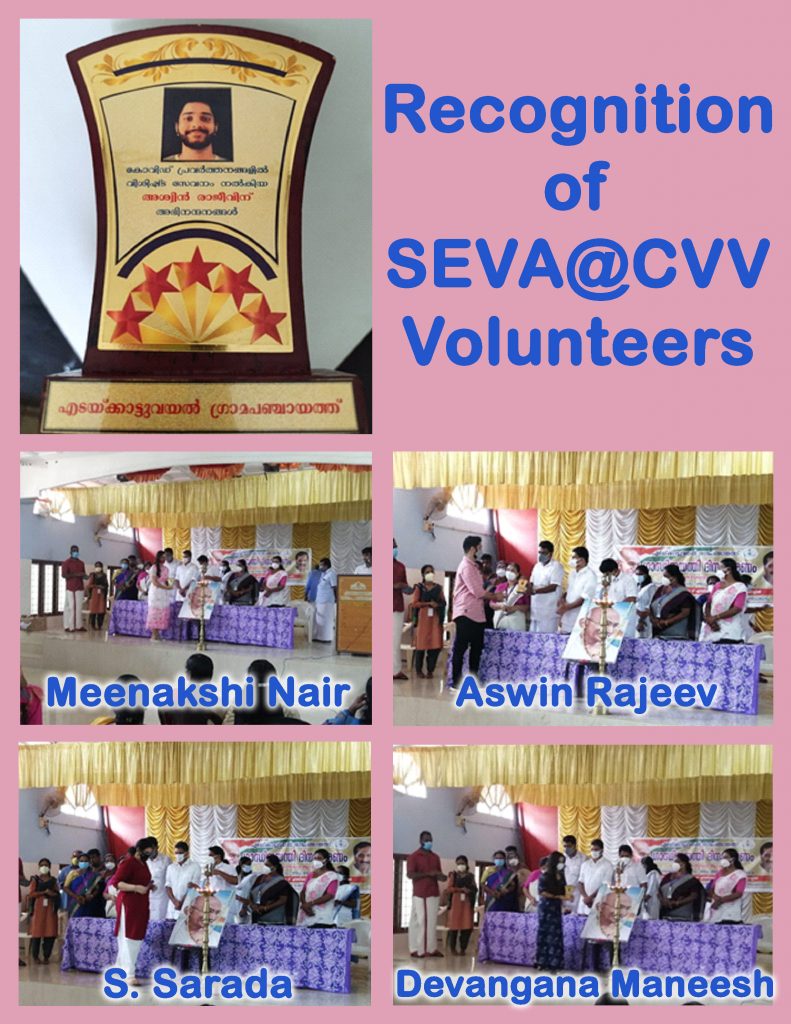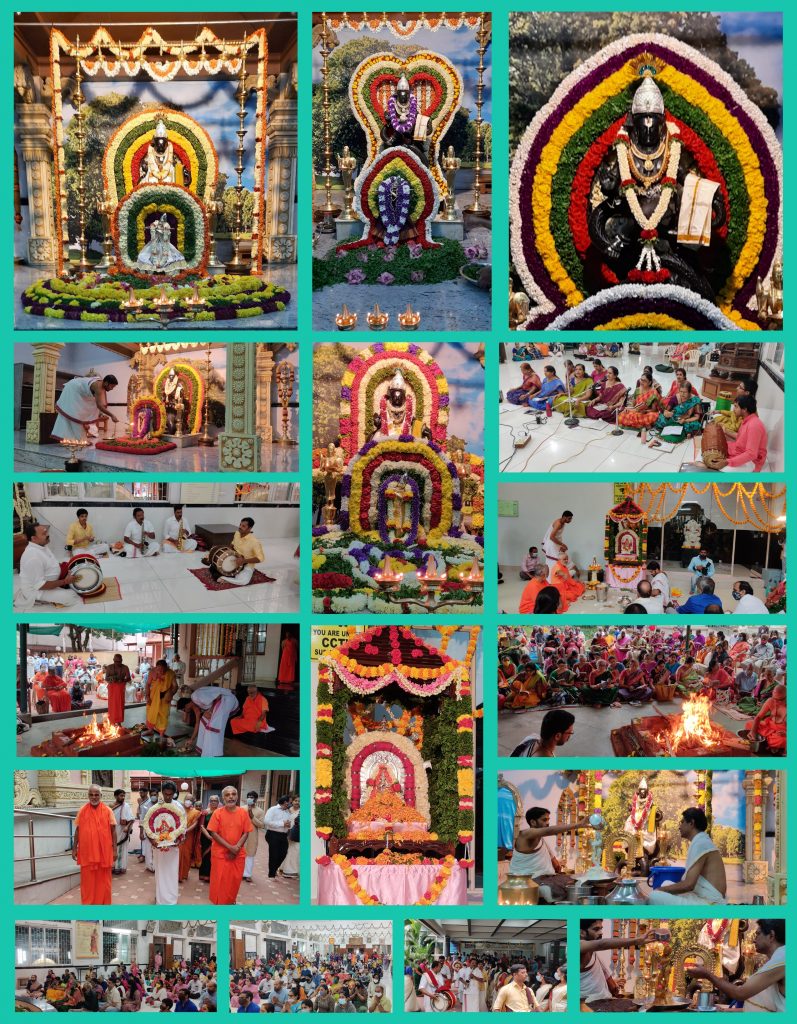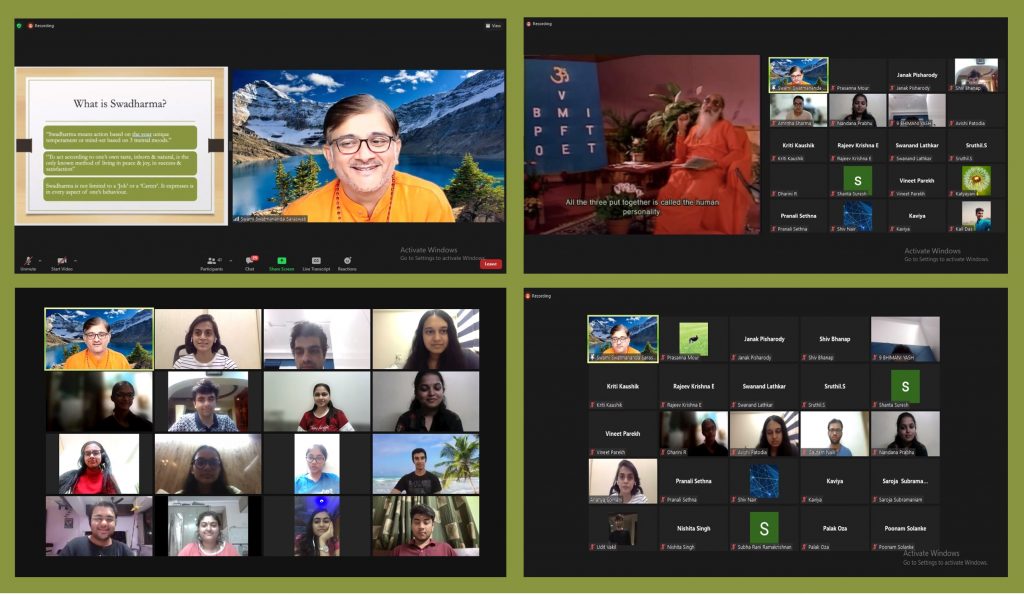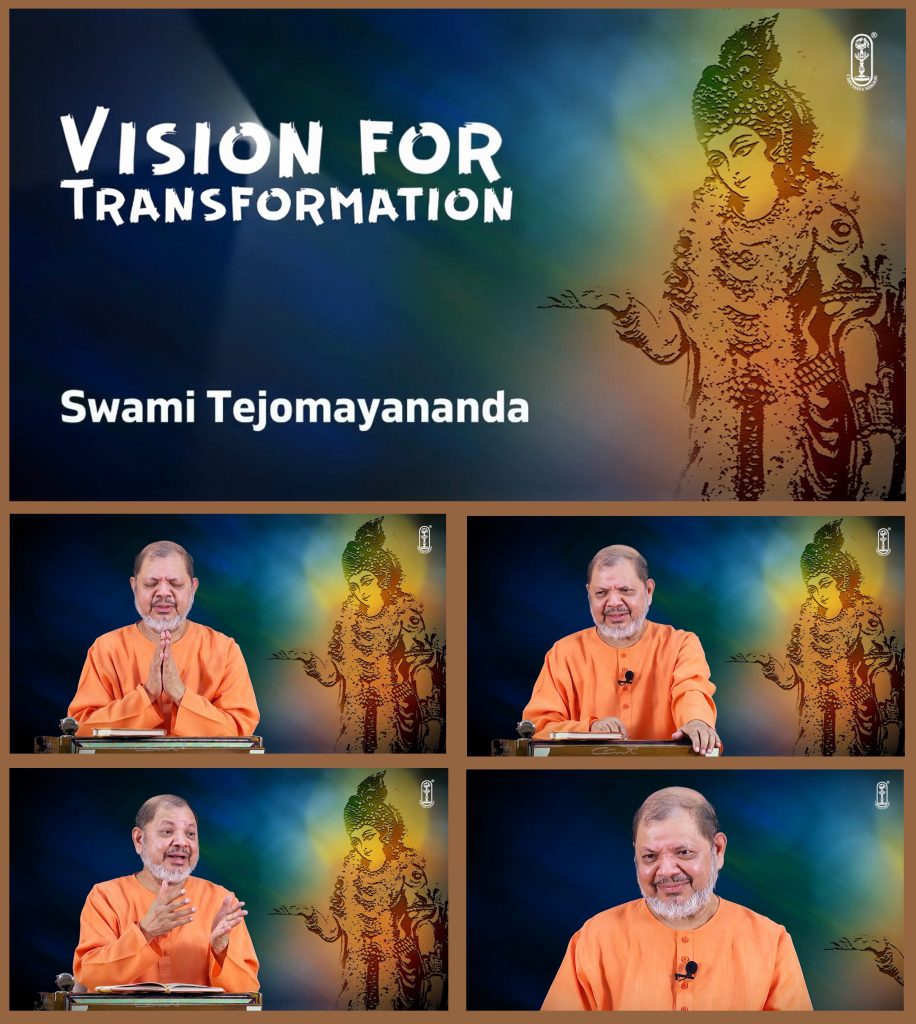As we go about our day to day activities, often we are unaware that there is one force that prevails over our actions. That is our mind.
We are in a constant flow of thoughts as they go through a myriad changes, without so much as a break for reflection. The mind rarely finds a way to be calm and settled in the daily chaos of survival and in that, it gets us to be in a constant state of flux and confusion too.
Sometimes I feel the mind is akin to a river. Like a river at its source in the mountains, it can be clear and transparent, bearing an openness that allows us to see the depths much below the surface. But as the river embarks on its journey, meeting the varied landscapes of the earth, mingling with the mire and soil it encounters, our mind garners momentum with multiple thoughts, positive or negative, that go on to bear a strong impact on our well-being.
So what happens to an unchecked mind over time? Our thoughts become our experience. They impart both joy and sorrow. And this results in the mind being turbulent or calm, in turn affecting our actions and the consequences thereof. If the mind is miserable, the world looks worthless; if the mind is cheerful, everything appears buoyant; if the mind is organized, our work seems methodical; if it is confused, work becomes chaotic. The mind, therefore, is understood to be a persuasive authority.
The scriptures have postulated a wealth of knowledge to manage this manager called the mind. And to understand how to do it, we must first comprehend its workings.
The mind – master the master!
The mind is one that moves and manages the machinery of life, together with the intellect.
The Bhagavad Gita states – ‘Your mind is your best friend and it is your deadliest enemy.’
Meaning, the mind, which is under your mastery, managed and trained very well, is your best friend and the mind, which controls you, is your deadliest enemy.
Arjuna also points towards the mind’s potency in the Gita {Chapter 6 | verse 34},
चञ्चलं हि मनः कृष्ण प्रमाथि बलवद्दृढम्।
तस्याहं निग्रहं मन्ये वायोरिव सुदुष्करम्।।6.34।।
‘The mind verily is, O Krishna, restless, turbulent, strong and unyielding; I deem it as difficult to control as the wind.’
What fuels the mind?
To fathom the mind’s inordinate power, we must first delve into its source. Our rishis have pointed out the influence of the sense organs on the mind. The senses of vision, smell, taste, hearing, and touch are activated when they come into contact with any object of fascination. The mind feels drawn into a cesspool of sensations and gets fixated within the world of sense objects, often notwithstanding the ill-effects of attraction on our main goals. This weakness is further exemplified by how a moth can burn itself with its fascination (sight) for the flame, or how the bee and the wasp get trapped in the soft petals of the lotus that close at night, merely intoxicated (smell) by their fragrance. These are just examples of one sense leading to the death of a creature, whereas as humans, we have five senses. The possibilities of self-destruction, therefore, become multifold.
Another aspect that the mind holds onto is past experience. Good or bad, memories stay attached to the mind and create impressions, which become habits over a period of time. The sense experiences, therefore, become powerful factors that control the mind. The mind directs the senses to go back to perceived pleasurable experiences, which may or may not augur well for our well-being, but are deep-rooted enough to be repeated for a sense of satisfaction. For example, everyone knows that cigarette smoking is harmful to one’s health, but most are unable to break that habit.
The mind often chases imagination, and builds scenarios based upon past happenings or future events which have no consequence in the present moment. Here, it operates on likes and dislikes, giving rise to attachment or unfulfillment, overthinking and brooding, that breeds toxic feelings. Without understanding the mind’s workings, we carry on aimlessly in mindless pursuit of illusions, unaware that it is in fact, the mind that is the leading force. The mind gains its impetus from habit, sense pleasures, and likes and dislikes. It becomes a slave of habit and it masters us by the power of habit.
So how can we manage the mind?
Just as a torrential river cannot be restrained, and it will break the dams built to contain it, so does the mind race with unbridled thoughts, causing turbulence for the human condition. Neither suppression, nor control is the answer to tame it. Obstructing it will enable fury and resentment, which is not the goal we are seeking. At best, we must condition ourselves to ‘manage’ it. Lord Krishna points out ‘He who is restraining the organs of action, sits thinking in his mind of the sense objects, he, of deluded understanding, is called a hypocrite.’
Fortunately, we can use the very tools that entice the mind, to calm it. The five sense organs are the first to recognize and indulge in temptation, veering the mind towards destructive channels. These very senses can be redirected towards objects and situations of purity, peace, poise and grace. One might feel it’s easier said than done. But with training, discipline and mindfulness we can discover that the mind submits to only one power – the power of Love. This Love can be in the form of a higher goal or a higher principle for which the mind finds it easy to sacrifice anything at the altar. If the mind is taught to follow the path of inspiration and live in the purer fields of enlightenment, then, in conjunction with the intellect, it can begin to live in higher awareness. In order to sublimate the mind, one has to detect the negative forces, negate them, and assert with the intellect to mitigate their influence.
Winning the mind
It is important to remember that wherever we go, the mind goes with us. We may change jobs, partners, or locations, our mind is a steadfast companion that remains. So it becomes imperative that we learn how to navigate the mind to steer our life towards success. To illustrate how to win peace of mind, Guru Nanak Dev ji takes up this metaphor of a yogi – munda santokh saram pat jholi, dhyan ki kareh bibhoot – Let contentment be your earrings, your effort be the begging bowl of humility with which you earn your livelihood, and make ashes out of your meditation and clothe yourself with the same. Concentration and the single-pointedness of the mind will turn all troubles to ashes, which are symbolic of an end to repeated action which is nothing but attachment. Hence with the robe of attentiveness, the results of your action can no longer bind you, just as the ashes are devoid of any fragrance or temptation.
What has happened in the past, need not be held by the mind. Instead, working with the present by being grateful for what we have, will lead us to contentment. And with such peace of mind, we can achieve efficiency and innovative action. Guru Nanak Dev ji also summarizes the concept of winning the world by winning the mind first – man jeete, jag jeet – one who can win their mind, can win the world. I leave you with this quote and hope you will use it to positively impact your mind!
